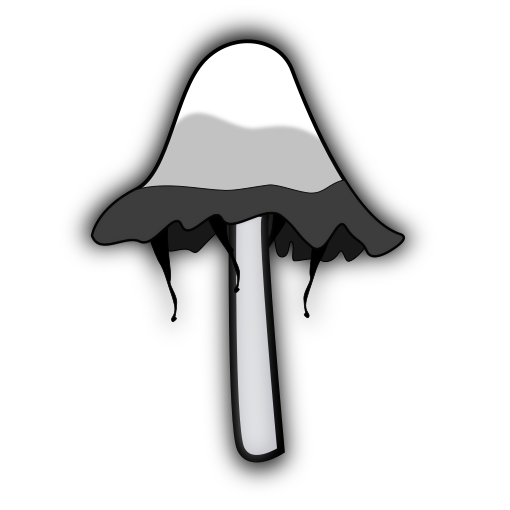This was a good chunk of the chickenfat, but the rest were more spread out.
Several other kinds of mushrooms are growing in abundance, too. I posted several of them in /c/Mushrooms before I discovered this community. Maybe you can help me ID some (read: most) of them! I may have also mis-ID’d some, too.


Thanks! And that’s also the baffling part. I have no idea what we did to get so many to grow. All we ever do to our yard is mow and infrequently water it if it’s been dry. No fertilizers or pesticides.
However, this summer we did let some areas keep growing as those sections had small flowers the bees were using. Then mowed when they all died. Would simply letting some areas grow really get that many to grow?
If you mow it while there’s a single mushroom you spread the mycelium and spores all over the place causing a mushroom explosion.
I know we did mow a few mushrooms earlier in the season, but not often. I did notice some of the denser sections of chickenfat started growing in the small piles of grass clippings.
Quite possibly. Those flowering plants may have been supplying root exudates to the mycelium. Also, the root mass left behind by seasonal annuals could have further fed the fungus. Clover or others may have been fixing nitrogen that could have been used when they were done. Lots of beneficial exchange may have been occurring below the surface.
We do have clover aaaalll around our yards. We just let it be and it’s become well established over the years. I didn’t realize it was good for adding nitrogen to the soil.
This clover is responsible for allowing you to forgo fertilization. It’s also drought tolerant.